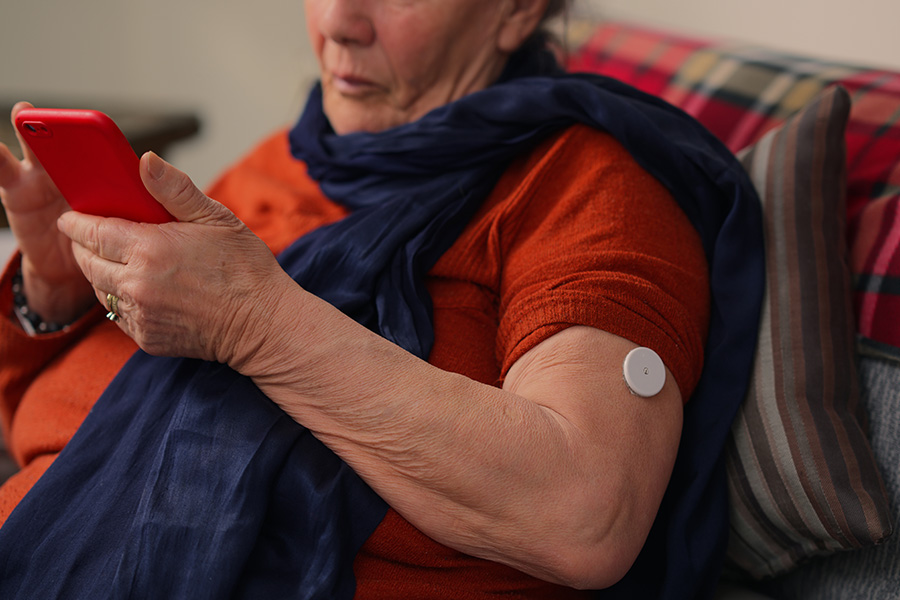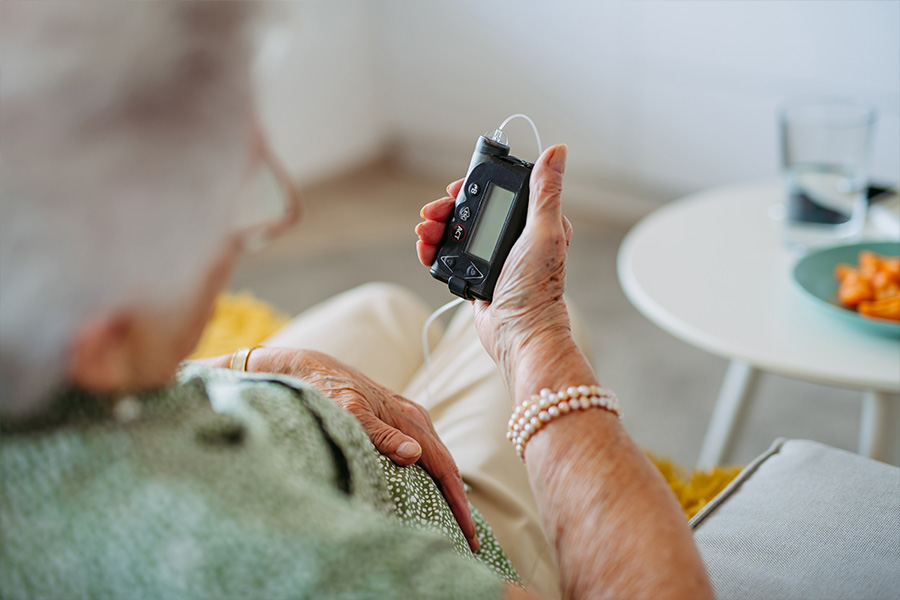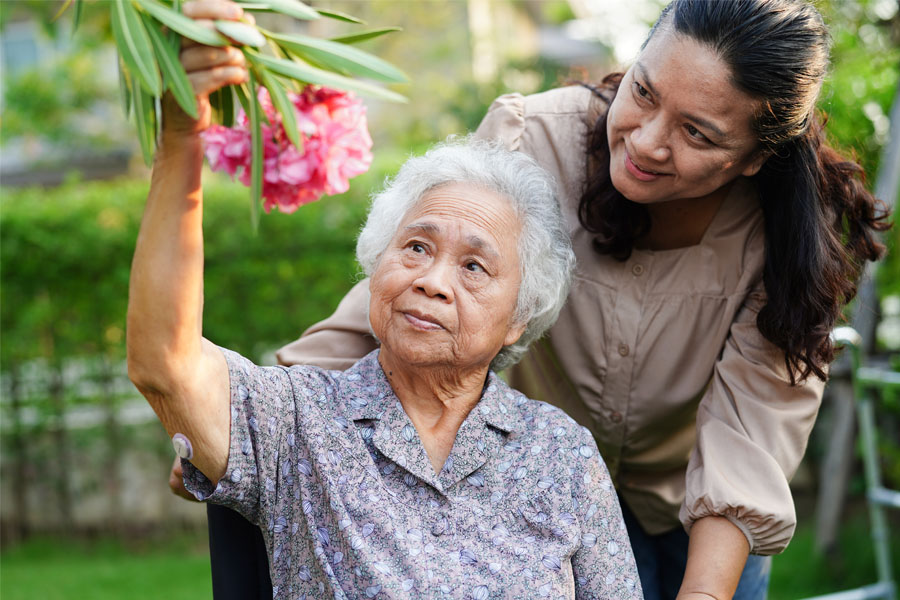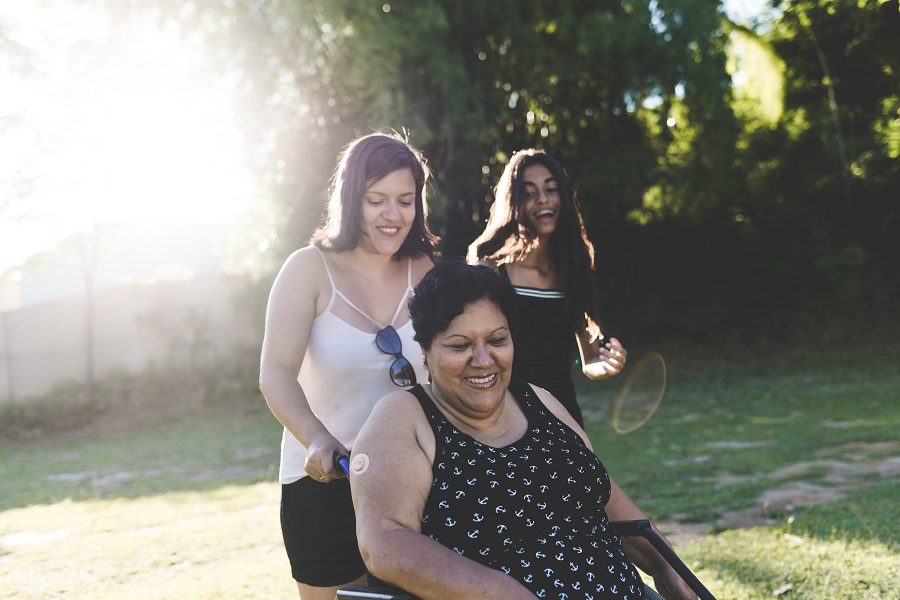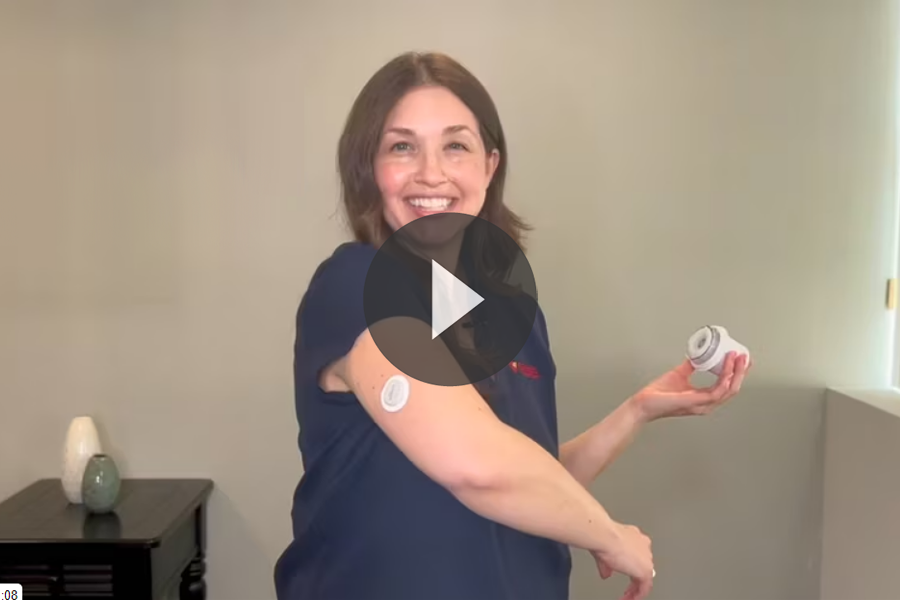Diabetes in aging adults is on the rise. The CDC reports that between 2017 and 2020, an estimated 29.2% of US adults age 65 and older had the disease. While both type 1 and type 2 are possible, type 2 is the most common form. It occurs when the cells in your body don’t respond correctly to insulin, causing the pancreas to produce more and more insulin until it wears out and stops making any at all.
Diabetes is managed with a variety of tools, from medications to regularly checking blood sugar to exercising. Physical activity is a powerful way to keep blood glucose in range for optimal health.
Continue reading to learn more about safe, effective and realistic exercise recommendations that will help you manage diabetes.
Why Exercise Matters for Aging Adults with Diabetes
We always hear about the importance of exercise, especially with diabetes. That’s because there are a host of benefits associated with moving your body! The National Council on Aging reports that exercising with diabetes can help you:
- Better manage your blood sugar
- Decrease stress and improve your mood
- Reduce LDL (“bad”) cholesterol
- Boost balance and flexibility
- Get better sleep
- Enhance memory and promote clear thinking
- Lower the risk of falling
Key Safety Considerations Before Starting
However, before beginning any type of exercise routine, make sure to speak with your healthcare provider. A common concern in older adults with diabetes is low blood sugar, or hypoglycemia.
To avoid low blood sugar, check it before and after exercise. If your glucose is less than 80 mg/dL, eat 30 grams of carbs and wait 15 minutes before starting any physical activity. However, it’s a good idea to speak to your medical provider for personalized guidance.
Timing of workouts matters too. Try to exercise earlier in the day to avoid hypoglycemia during the night. Slowly increasing the amount of time spent exercising and then increasing intensity is a way to prevent it as well.
Types of Safe and Effective Exercises
When deciding what to do for exercise, make sure to find something you enjoy. Switch it up to work different muscles and avoid boredom. Great aerobic options are walking, swimming, cycling, dancing and water aerobics.
Resistance training is fantastic for building muscle. Lifting light weights, using resistance bands and doing bodyweight exercises two to three times a week will help preserve muscle and promote good blood sugar.
And don’t forget about flexibility and balance training like yoga, Thai chi and stretching for better mobility and circulation as well as reduced fall risk.
Everyday functional movement like gardening, housework and stair climbing are beneficial in addition to structured exercise.
Practical Tips for Aging Adults
When building your exercise routine, start slow and try a variety of activities. Exercise is often more enjoyable with other people, so consider joining a fitness group or finding a friend to work out with.
If you feel tired easily, break exercise into ten to 15 minute increments. Consider using apps for motivation and to keep track of your progress.
And don’t forget to keep snacks handy in case of low blood sugar!
Conclusion
More and more older adults are living with diabetes. Exercise is a powerful tool for helping to manage blood sugar; it offers many other benefits like reducing “bad” cholesterol, promoting better sleep and improving mood.
To avoid low blood sugar, be sure to monitor your glucose before, during and after working out. Don’t be afraid to try different activities, whether they be dancing, yoga or using resistance bands. The most important thing is to find activities you enjoy!









